
Process of Digestion in Human Beings – Class 10
5 Important Steps Involved in the Process of Digestion in Human Beings explained for class 10th
Ingestion
Digestion
Absorption
Assimilation
Egestion
CBSE Class Notes Online – Classnotes123
CBSE Class Notes, Worksheets, Question Answers, Diagrams , Definitions , Diffrence between , Maths Concepts, Science Facts Online – Classnotes123
class 10 life processes- complete notes, long short intext question answers, Ncert Exemplar , mcqs

5 Important Steps Involved in the Process of Digestion in Human Beings explained for class 10th
Ingestion
Digestion
Absorption
Assimilation
Egestion
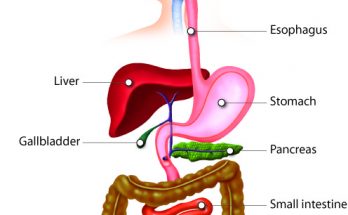
Nutrition in Human Beings complete notes for class 10th. with explanation with diagram ,structure and function of Human Digestive System -Alimentary canal and
Digestive glands

Fat digestion takes place mainly in the small intestine, where large globules are emulsified by the bile of the liver. Pancreatic lipase further breaks down the globules into absorbable molecules. The digestive juices in the small intestine convert these molecules into fatty acids and glycerol. This complicated process ensures efficient fat digestion and takes place in coordination between the liver, gallbladder, pancreas and small intestine.
How are Fats Digested in our Body ? Where does this process take place? Read More
The small intestine, a vital component of the digestive system, has a remarkable design optimised for efficient absorption of digested food. With millions of finger-like projections called villi, the inner surface area of the small intestine is significantly increased, facilitating nutrient absorption. This intricate structure, combined with the secretion of intestinal juices and specialised epithelial cells, ensures effective extraction of important nutrients from the food we consume.
How is the Small Intestine designed to absorb Digested Food ? Read More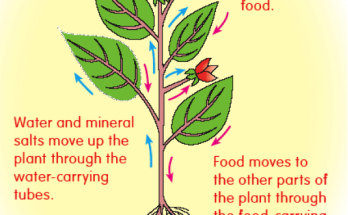
Plants have a specialised transport system made up of Xylem and Phloem that helps move water, minerals, and food throughout the plant body. The transport system also involves the processes of transpiration and translocation. It helps to regulate water and nutrient movement. Understanding the components of the transport system is crucial for understanding how plants grow and survive in their environments.
Transportation in Plants Class 10 Read More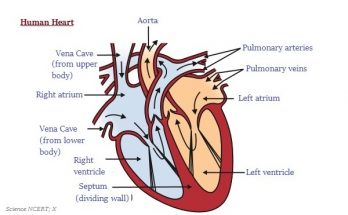
Transportation in Human Beings explained for Class 10th with definitions types, structures, characteristics, composition, functions, mechanism, processes and diagrams
Transportation in Human Beings Class 10 Read More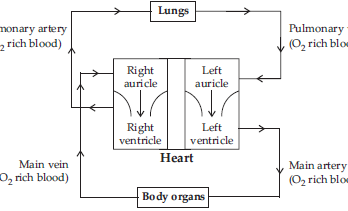
Blood enters the heart through the superior and inferior vena cava, then passes through the right atrium and right ventricle before being pumped to the lungs for oxygenation. Oxygen-rich blood returns to the heart via the pulmonary veins and enters the left atrium and left ventricle.Blood flow is controlled by valves that open and close to regulate the direction and volume of blood flow.
How Blood Flow in Heart ? Read More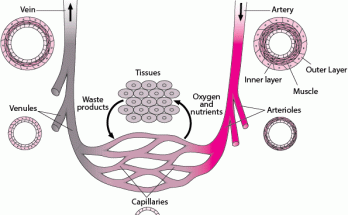
Blood vessels are the intricate network of tubes that transport blood throughout the body. This article provides an overview of the different types of blood vessels – arteries, veins and capillaries, list of blood vessels entering and leaving the heart, liver, and kidney, functions, layers and blood pressure regulation of blood vessels. Additionally, common diseases and disorders of blood vessels such as atherosclerosis, hypertension and varicose veins are described with their causes, symptoms, and treatments.
Blood Vessels -Definition , Types, Functions, Layers, Blood Pressure , Diseases and Disorders Read More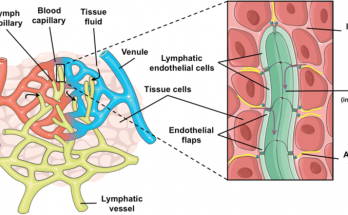
What is the Lymph ?, How is Lymph Formed ?, Composition of Lymph, Important Functions of Lymph explained with Diagram for class 10 th
What is Lymph Class 10th Read More
15 Important Differences Between Arteries and Veins according to their Definition,Structure ,Blood, Location,Walls , Division ,Lumen, Color,Blood Flow, The direction of blood flow, Flow pressure, Oxygen level, Carbon dioxide level, Valves ,Injury explained For Class 10th with diagram
15 Important Differences Between Arteries and Veins Read More